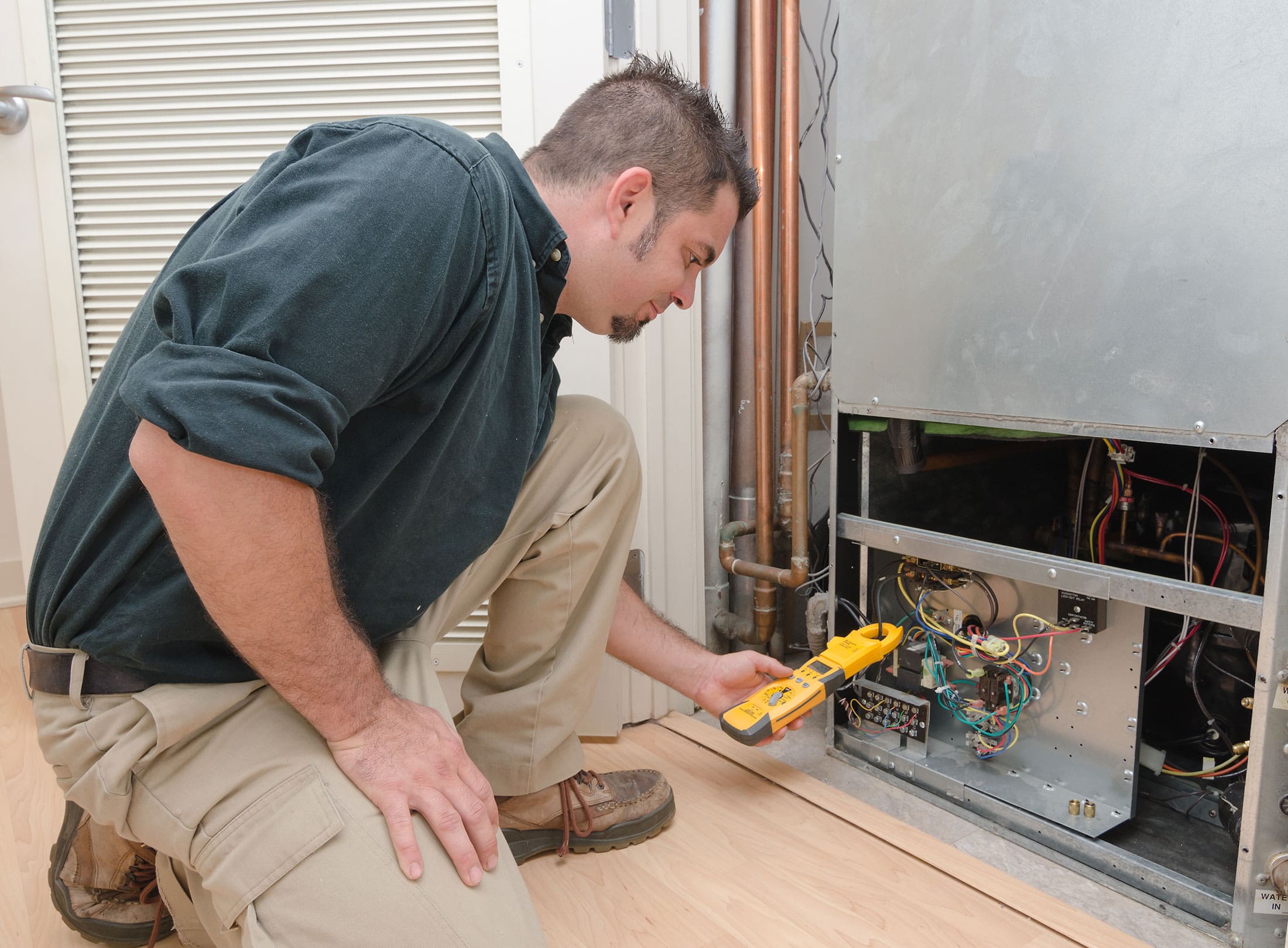
December 9, 2020
A recent testing & balancing (TAB) project was just a plain, simple and straightforward balancing of a new multi-level flour mill. The project consisted of a 40,000 cubic feet per minute (CFM) rooftop unit (heat only) and several smaller exhaust fans. The majority of the building exhaust was from the milling equipment dust collectors. Not much to talk about for the TAB of the project; some duct traverses, unit profile and all the normal straightforward balancing tasks. We completed our tasks along with the pressure balancing of
each level with the owners and operators of the mill. When we completed the project, everyone was happy with there new state-of-the-art flour mill so the TAB report was submitted and approved. But a few weeks later, the phone calls and emails started; they stated that the pressure balance was not working correctly and they had issues with one of the levels. On my return trip to the project to look into the building pressure issues, I found the aluminum screening on the outside air intake on the back of the rooftop unit totally impacted with the byproducts produced from an operating flour mill. I, along with the operator of the mill, removed and cleaned all these screens and reinstalled them. After the cleaning of the screens, the building pressure returned to the as-balanced condition and everyone appeared to be satisfied, except for the fact that they would need to remove and clean these intake screens quite often in peak milling season. The mill operator then asked me to look into one more issue they were experiencing on level 3: The operator stated that the room/level pressure was causing the interior wall panels on that level to move (buffering back and forth). I was puzzled by this and went to investigate the issue. Level 3 contained a very large, oscillating flour sifter that consumed over half of the level. This piece of equipment hung from the structural steel of level 4, and continually oscillated when in operation. I went outside the large overhead door and measured the building pressure, only to find that the building pressure was maintaining a steady +.12 in. How could the measured pressure be steady yet the interior walls on that level were moving? I measured the level pressure of the building stair tower and again found the measured
pressure to be steady. I tried resetting the supply and return air volumes to this level only to have no success. At this point, the only thing left to look at was the massive oscillating flour sifter and how the mill dust collector was connected to it. I needed to have the mill operator shut down the sifter to obtain a better look into how it all worked. The operator agreed and shut down the oscillating flour sifter and as it was shutting down, the interior walls appeared to be in sync with the slowing oscillating motion of the sifter. Once the sifter stopped, the interior walls also stopped. Still thinking that the dust exhaust from the sifter was the cause of the issue, I soon realized that it was still pulling from the sifter. I returned to outside the large overhead door to remeasure the building pressure, only to find that the building/ level pressure was still maintaining the previously measured +.12 in. At this point, I needed to believe that with the size of the oscillating flour sifter and just the sheer cubic volume it was taking up within the total volume of level 3, that the oscillating motion of this massive piece of equipment was the issue the whole time. There are some occasions that we all get the opportunity to work around some special facilities and some specialized equipment, just remember you may not have seen it all.

